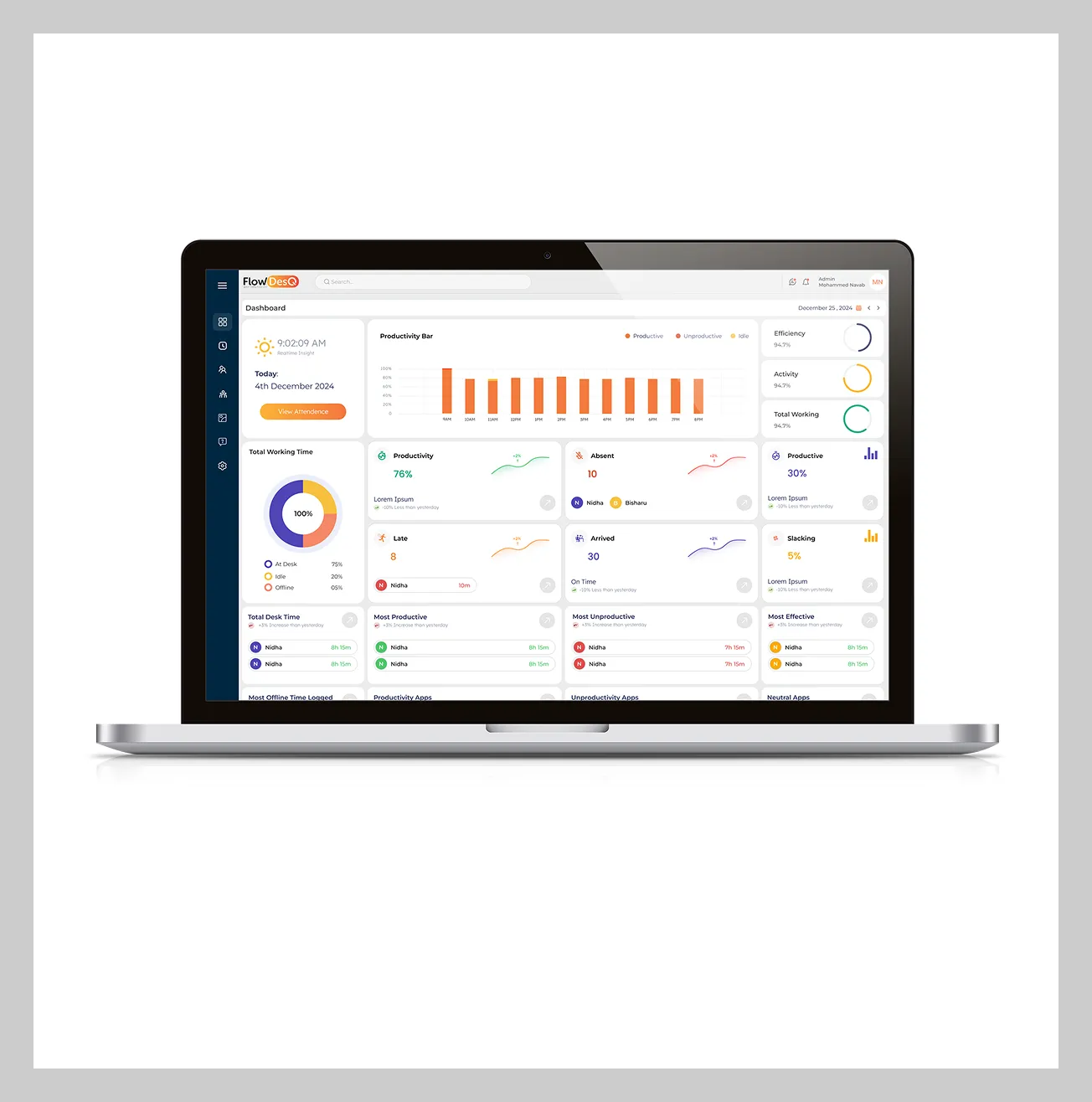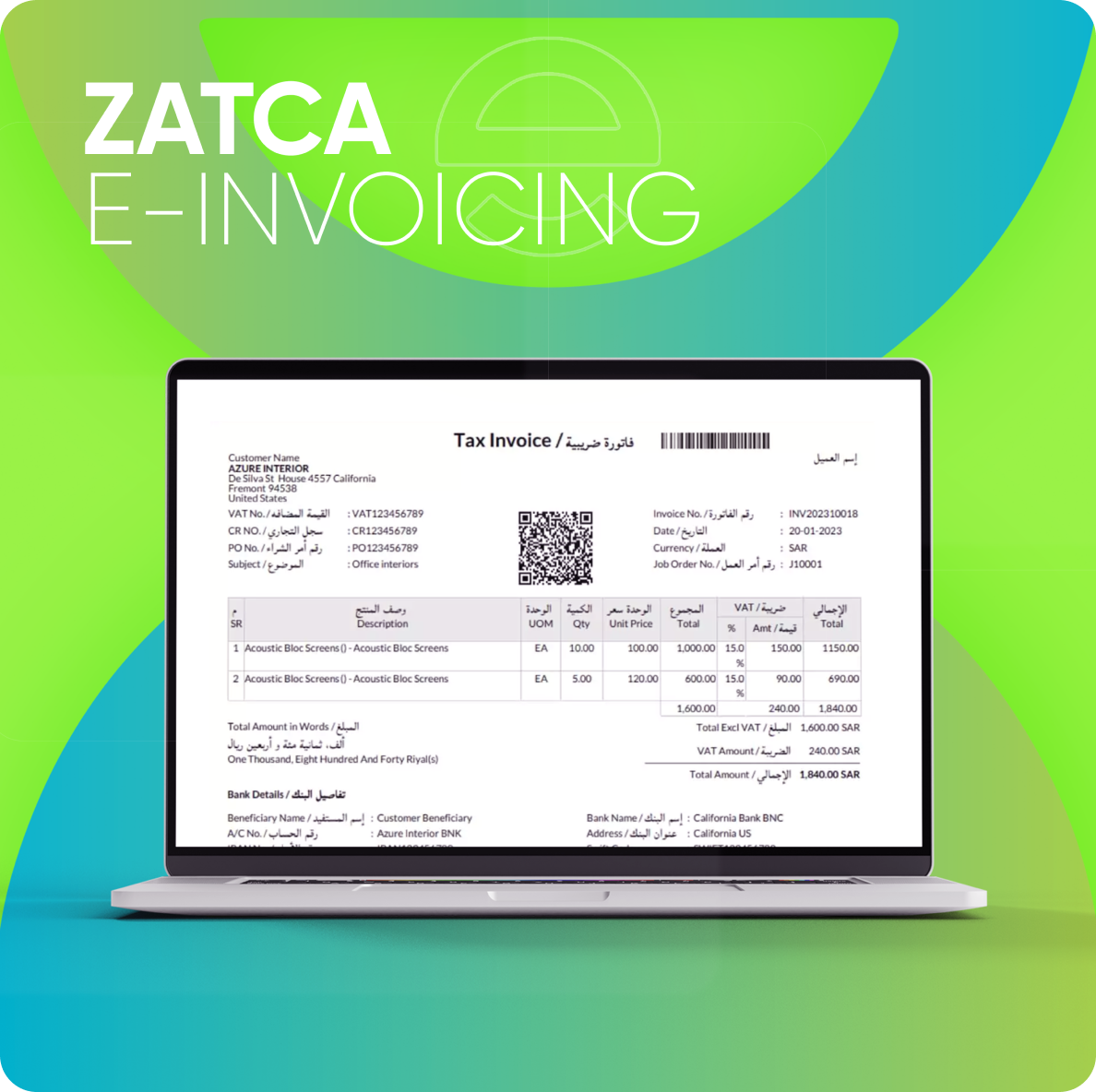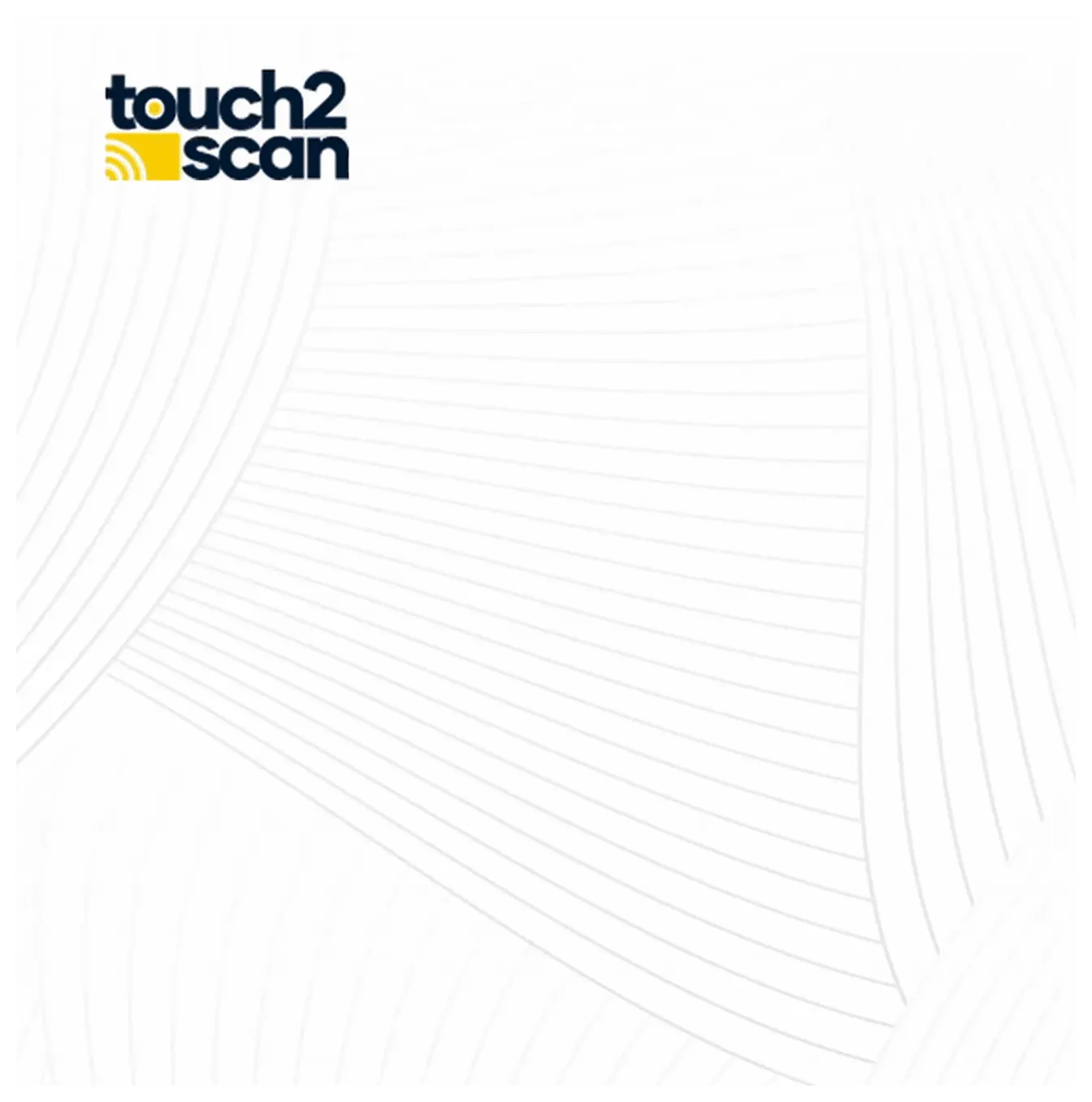Businesses and individuals alike are exposed to cyber threats and are in need for a reliable solution to resist these increasing sophisticated threats. Providing enterprise grade security, Symantec Endpoint Security has been a long-standing name in the industry for years. But as we step into 2025, the question that arises is that -does it still hold its ground against modern cyber threats?
Given the increasing competition from advanced solutions like CrowdStrike, SentinelOne, and Microsoft Defender, is Symantec Endpoint Protection still a viable choice for businesses in Saudi Arabia? Here, in this blog we aim to dive in deep into its features, performance, and whether it’s worth your investment this year. Because organizations worldwide are adopting advanced endpoint solutions for comprehensive, next-generation device protection and it is essential for businesses who aim to scale to know the why.
The Technical Evolution of Symantec Endpoint Security
Back in the early days, semantic endpoint security started as a simple antivirus tool and now has evolved into a full-fledged EDR (endpoint detection and response) powerhouse. Initially developed by Symantec (now owned by Broadcom), the platform has undergone numerous redesigns to keep up with ransomware, hackers, and more advanced cyberthreats.
In 2025, Symantec Endpoint Security Enterprise packs some serious tech such as AI-driven threat hunting, which detects zero-day attacks before they even spread, looks for behavioural analysis that flags shady activity in real time, and cloud-based management that lets IT teams secure devices from anywhere. Moreover, with a firewall and intrusion prevention, it offers an extra armour against breaches.
With so many next-gen security players trying to take over the market, what makes Symantec your best choice to provide you with the best of security services or should you be looking for other alternatives?
Performance & Threat Detection in 2025
Independent tests from AV-TEST and SE Labs still rank Symantec Endpoint Security Complete continues to prove itself as the top performers in malware detection. Whether it is ransomware, fileless attacks, and advanced persistent threats (APTs), this platform still remains strong when it comes to stopping threats dead in their tracks.
However, some users report that, it's not all smooth sailing. Some IT teams have noticed the software can be occasionally slowing down systems during deep scans, thereby dragging down the performance on endpoint devices at times. For those companies who are managing thousands of machines, these slowdowns can add up to real productivity troubles. Meanwhile, rivals like CrowdStrike Falcon have been fine-tuning their lightweight approach, leaving Symantec playing catch-up in the efficiency department.
User Experience & Management
One area where Symantec Endpoint Security shines is its centralized management console. IT admins, especially in structured environments like Symantec Endpoint Protection Saudi Arabia, appreciate the granular control over policies, updates, and threat responses.
Yet, some critics argue that the interface feels slightly outdated compared to sleeker, more intuitive dashboards from newer vendors. If Broadcom invests in a UI overhaul, this could significantly boost adoption.
How Does It Compare to Competitors?
When stacking Symantec up against today's endpoint security players, it's all about trade-offs. CrowdStrike runs circles around Symantec when it comes to lightweight performance and real-time threat hunting—their agent won't bog down your systems. But Symantec fights back with rock-solid legacy support, making it the go-to for enterprises still running older infrastructure.
Switch over to the Microsoft Defender comparison, and it's a classic Windows native vs. cross-platform. Defender obviously plays nicest with Windows environments, while Symantec brings broader protection to macOS and Linux machines—a must for mixed-OS shops.
Then there's SentinelOne, the new kid with slick autonomous response features that can automatically contain threats. Symantec counters with its more mature data protection tools, offering robust DLP and encryption that security-conscious enterprises rely on. At the end of the day, your best pick depends on whether you prioritize cutting-edge detection, legacy support, OS coverage, or built-in data protection.
Is Symantec Endpoint Security Still Worth It in 2025?
So, is Symantec Endpoint Security still worth it in 2024? Honestly, it depends on what you're looking for. If you need bulletproof security for a large enterprise, especially in regulated fields such as banking or healthcare Symantec's deep DLP features, and compliance tools are hard to beat. It's also your best friend if you're still running older systems that newer security tools have forgotten about.
But let's be real here because if you're a small business watching the budget, or if you want something lean and mean that won't slow down your machines, there are lighter options out there. And if futuristic, AI-powered automation is your priority, players like Sentinel One might be more your speed. At the end of the day, it's not about the best but about what's right for your specific needs.
Symantec Endpoint Security still remains a powerful solution in 2025, particularly for Symantec Endpoint Protection Saudi Arabia, where large enterprises and organizations have to focus on compliance and data protection more critically. However, it must innovate further in performance optimization and user experience to stay ahead of agile competitors. Symantec Endpoint Protection could very well retain its dominance; but for now, businesses should weigh its strengths against newer, more nimble alternatives before committing.
















Leave a comment